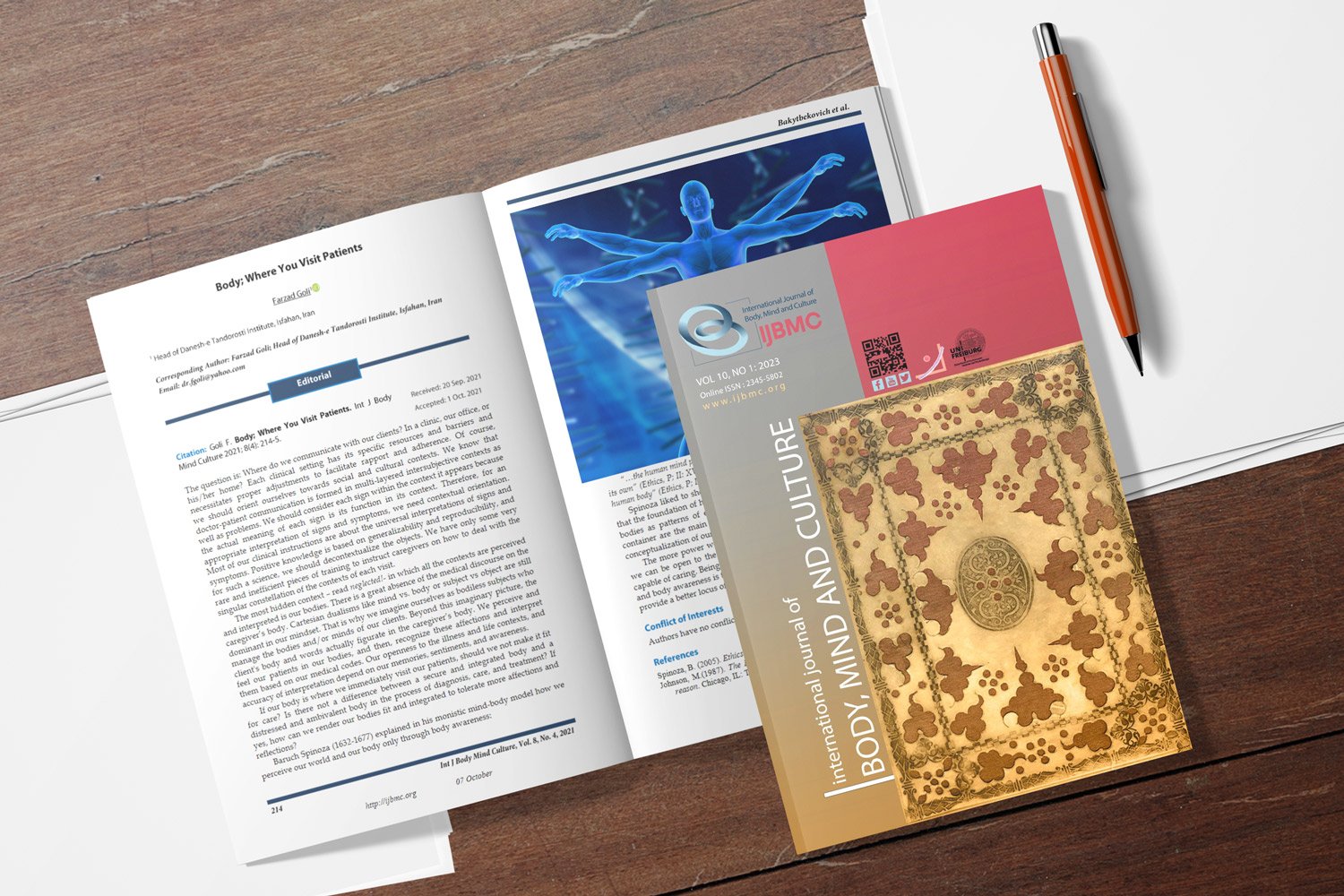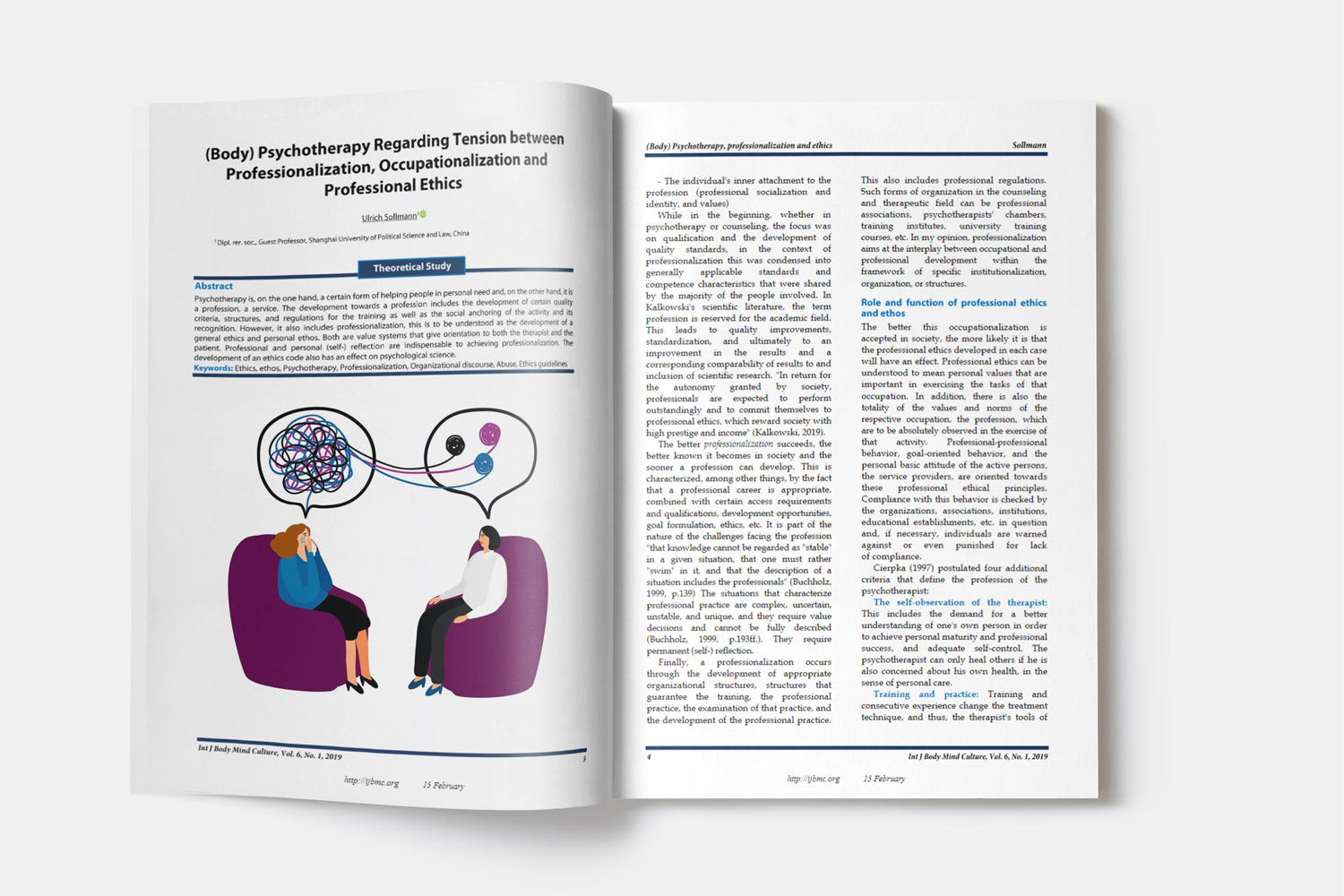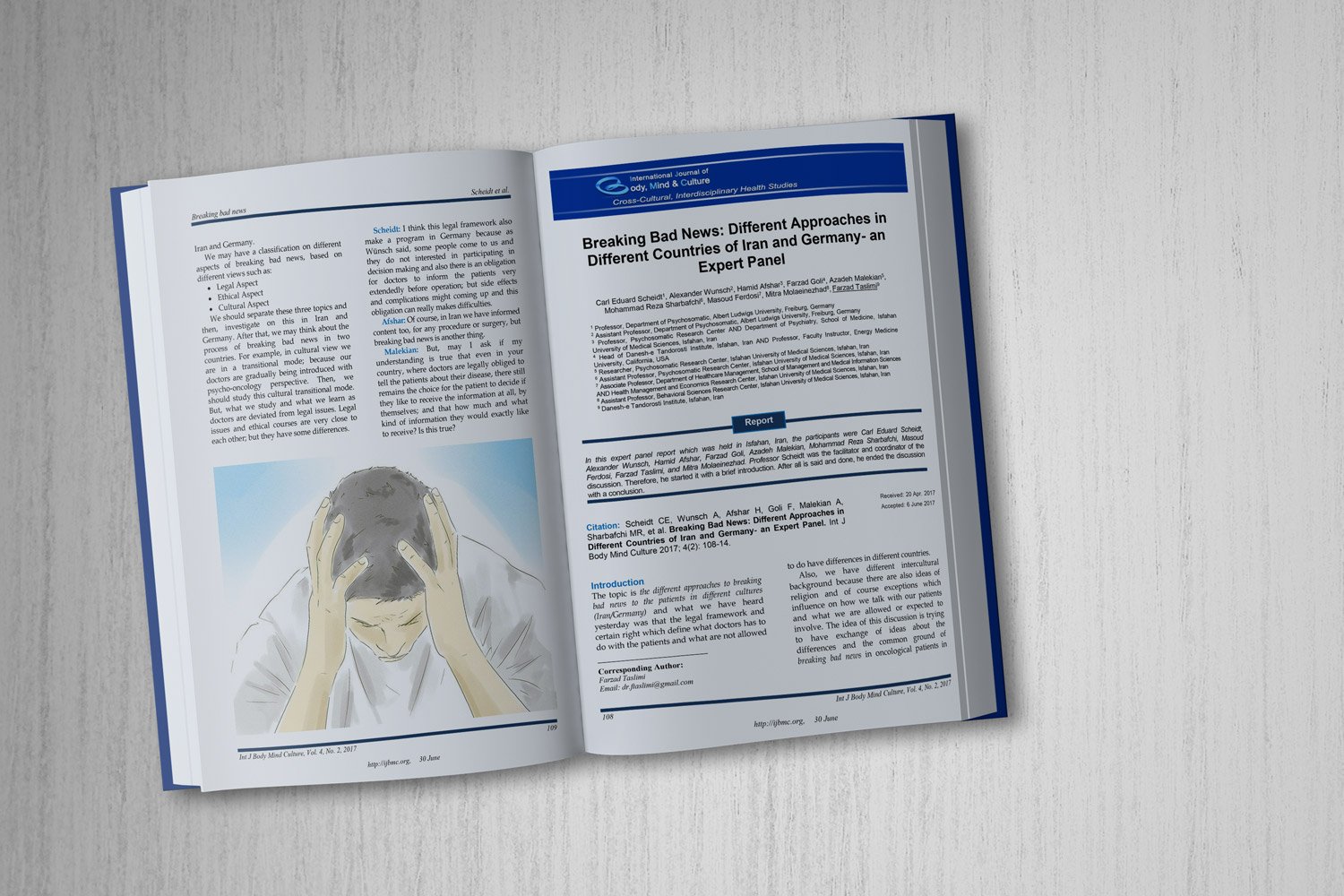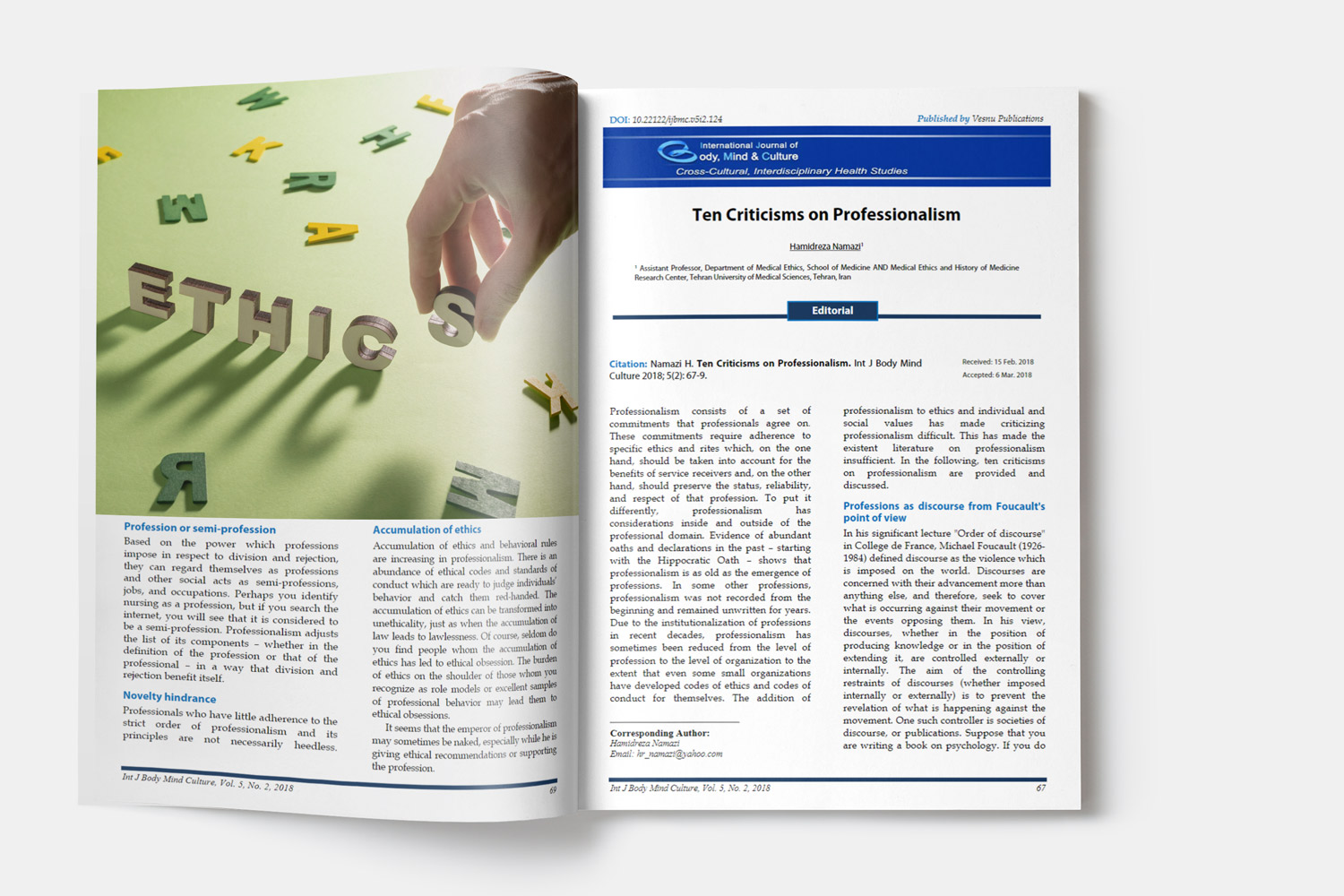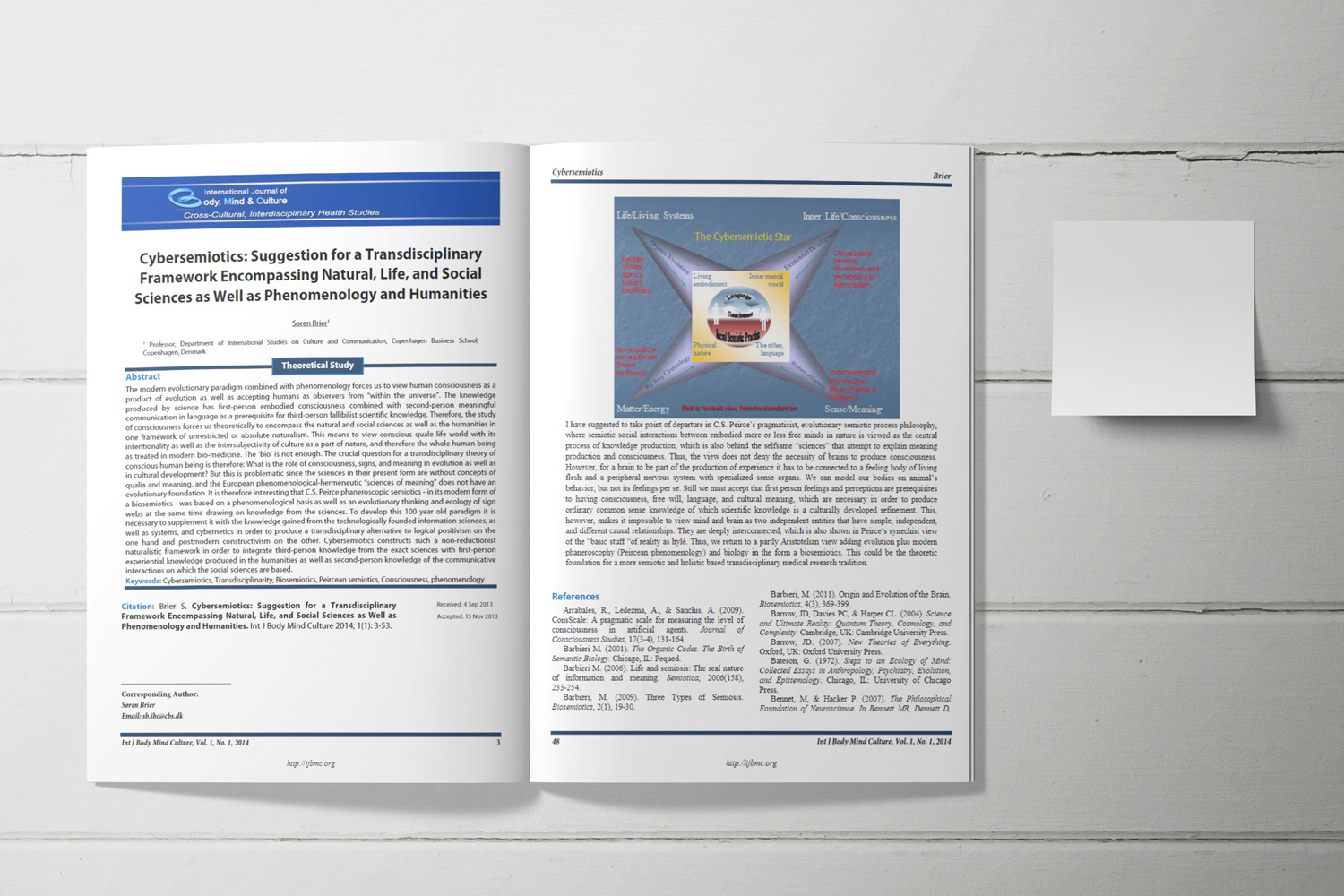Towards a Sociology of Placebo Response: Body, Emotions, and Semiotics of Healing
Downloads
With the emergence of the “sociology of body†and “sociology of emotions†in recent years, and the explosion of research about placebos and the mechanisms of their action, there is enough grounding now to consider the placebo response from a sociological point of view. These new subfields of sociology have provided enough knowledge about the primacy of action and emotions, and the importance of embodied knowledge and feelings in social interactions. Studies in medicine and psychology show that placebo response is a meaning response which develops in the context of interpersonal relationships. In this process, the embodied experience of the patient and health care professionals and their thoughts, beliefs, emotions and feelings are involved. Lines of research in the fields of placebo response, hypnosis research, doctor-patient relationship, and sociology of body and emotion are converging and provide the evidence for the role of interpersonal interactions in the healing process. Critical analysis of the placebo response provides the basis for an alternative framework to the current dominant model of health care which is biomedicine. This model is based on the dualisms and is inadequate to provide a place and explanation for psychosomatic and culture related disorders which are currently categorized under terms like “Medically Unexplained Syndromes (MUS)â€. A possible new model could be constructed based on our new understandings provided by studies on placebo response. In this new model, interpersonal dynamics, intersubjectivity, and intercorporeality are core issues and in the center of attention for research and enquiry.
Downloads
Alderson, P. (1998). The importance of theories in health care. BMJ., 317(7164), 1007-1010. Retrieved from PM:9765175
Bendelow, G. (2010). Emotional health: challenging biomedicine or increasing health surveillance? Crit Public Health, 20(4), 465-474.
Bendelow, G. A., & Williams, S. J. (1995). Transcending the dualisms: towards a sociology of pain. Sociology of Health & Illness, 17(2), 139-165. Retrieved from http://dx.doi.org/10.1111/j.1467-9566.1995.tb00479.x. Retrieved from Blackwell Publishing Ltd.
Bensing, J. M., & Verheul, W. (2010). The silent healer: the role of communication in placebo effects. Patient.Educ.Couns., 80(3), 293-299. doi:S0738-3991(10)00326-5 [pii];10.1016/j.pec.2010.05.033 [doi]. Retrieved from PM:20638817
Brier, S. (2003). The cybersemiotic model of communication: An evolutionary view on the threshold between semiosis and informational exchange. Triple C, 1(1), 71-94.
Brier, S. (2013). Cybersemiotics: Why information is not enough. Toronto, Canada: University of Toronto Press.
Brody, H., & Waters, D. B. (1980). Diagnosis is treatment. J Fam.Pract, 10(3), 445-449. Retrieved from PM:7354290
Burkitt, I. (2002). Relations, feelings and images in emotional experience. In J. Barbalet (Ed.), Emotions and sociology (pp. 151-167). Oxford, UK: Blackwell.
Choliz, M., & Capafons, A. (2012). The placebo in the context of scientific theories. Theory and Psychology, 22(4), 513-526. doi:10.1177/0959354311432903.
Crossley, N. (1995). Merleau-ponty, the elusive body and carnal sociology. Body Society, 1(1), 43-63. doi: 10.1177/1357034X95001001004.
Damasio, A. (2000). The feeling of what happens: body and emotion in the making of consciousness. New York, NY: Mariner Books.
Engel, G. L. (1980). The clinical application of the biopsychosocial model. Am J Psychiatry, 137(5), 535-544. Retrieved from PM:7369396
Engel, G. L. (1981). The clinical application of the biopsychosocial model. J Med Philos., 6(2), 101-123. Retrieved from PM:7264472
Flaten, M. A., Aslaksen, P. M., Lyby, P. S., & Bjorkedal, E. (2011). The relation of emotions to placebo responses. Philos.Trans.R.Soc Lond.B.Biol.Sci, 366(1572), 1818-1827. doi:366/1572/1818 [pii];10.1098/rstb.2010.0407 [doi]. Retrieved from PM:21576139
Justman, S. (2011). From medicine to psychotherapy: the placebo effect. Hist Human.Sci, 24(1), 95-107. Retrieved from PM:21491788
Kaba, R., & Sooriakumaran, P. (2007). The evolution of the doctor-patient relationship. Int.J Surg., 5(1), 57-65. doi:S1743-9191(06)00009-4 [pii];10.1016/j.ijsu.2006.01.005 [doi]. Retrieved from PM:17386916
Kirkengen, A. L., & Thornquist, E. (2012). The lived body as a medical topic: an argument for an ethically informed epistemology. J Eval.Clin Pract, 18(5), 1095-1101. doi:10.1111/j.1365-2753.2012.01925.x [doi]. Retrieved from PM:22995016
Kradin, R. L. (2004). The placebo response: its putative role as a functional salutogenic mechanism of the central nervous system. Perspect.Biol.Med, 47(3), 328-338. doi:S1529879504303285 [pii]. Retrieved from PM:15247500
Kradin, R. L. (2011a). Placebo response: a consideration of its role in therapeutics. Curr.Psychiatry Rep., 13(1), 37-42. doi:10.1007/s11920-010-0158-y [doi]. Retrieved from PM:20878506
Kradin, R. (2011b). The placebo response: an attachment strategy that counteracts the effects of stress-related dysfunction. Perspect.Biol.Med, 54(4), 438-454. doi:S1529879511400119 [pii];10.1353/pbm.2011.0046 [doi]. Retrieved from PM:22019533
Lynn, S. J., Kirsch, I., & Hallquist, M. N. (2008). Social cognitive theories of hypnosis. In M.R. Nash & A. J. Barnier (Eds.), Oxford handbook of hypnosis (pp. 111-140). Oxford, UK: Oxford University Press.
Lyon, M. L. (1997). The material body, social processes and emotion: techniques of the body' revisited. Body Society, 3(1), 83-101.
Mauss, M. (1973). Techniques of the body. Economy and Society, 2(1), 70-88. DOI:10.1080/03085147300000003.
Miller, F. G., Colloca, L., & Kaptchuk, T. J. (2009). The placebo effect: illness and interpersonal healing. Perspect.Biol.Med, 52(4), 518-539. doi:S1529879509400036 [pii];10.1353/pbm.0.0115 [doi]. Retrieved from PM:19855122
Moerman, D. E., & Jonas, W. B. (2002). Deconstructing the placebo effect and finding the meaning response. Ann.Intern.Med, 136(6), 471-476. doi:200203190-00011 [pii]. Retrieved from PM:11900500
Osborn, M., & Smith, J. A. (1998). The personal experience of chronic benign lower back pain: An interpretative phenomenological analysis. British Journal of Health Psychology, 3(1), 65-83. Retrieved from http://dx.doi.org/10.1111/j.2044-8287.1998.tb00556.x. Retrieved from Blackwell Publishing Ltd.
Price, D. D., Finniss, D. G., & Benedetti, F. (2008). A comprehensive review of the placebo effect: recent advances and current thought. Annu.Rev Psychol, 59, 565-590. doi:10.1146/annurev.psych.59.113006.095941 [doi]. Retrieved from PM:17550344
Rafieian, Sh. (2010). Cybersemiotic medicine: A framework for an interdisciplinary medicine. Cybernetics and Human Knowing 01/2010; 17:65-93., 17(3), 65-93.
Raz, A. (2007). Hypnobo: perspectives on hypnosis and placebo. Am J Clin Hypn., 50(1), 29-36. Retrieved from PM:17685242
Riedl, A., Schmidtmann, M., Stengel, A., Goebel, M., Wisser, A. S., Klapp, B. F. et al. (2008). Somatic comorbidities of irritable bowel syndrome: a systematic analysis. J Psychosom.Res, 64(6), 573-582. doi:S0022-3999(08)00061-5 [pii];10.1016/j.jpsychores.2008.02.021 [doi]. Retrieved from PM:18501257
Rosenberg, M. (1990). Reflexivity and emotions. Social Psychology Quarterly, 53(1), 3-12.
Stets, J. E. (2010). Future directions in the sociology of emotions. Emotion Review, 2(3), 265-268. doi: 10.1177/1754073910361975.
Thompson, J. J., Ritenbaugh, C., & Nichter, M. (2009). Reconsidering the placebo response from a broad anthropological perspective. Cult.Med Psychiatry, 33(1), 112-152. doi:10.1007/s11013-008-9122-2 [doi]. Retrieved from PM:19107582
Turner, J. H. (2009). The sociology of emotions: basic theoretical arguments. Emotion Review, 1(4), 340-354. doi: 10.1177/1754073909338305.
Twigg, J. (2006). The body in health and social care. Palgrave MacMillan: Basingstoke, UK.
Vandenberg, B. (1998). Hypnosis and Human Development: Interpersonal Influence of Intrapersonal Processes. Child Development, 69(1), 262-267. Retrieved from http://dx.doi.org/10.1111/j.1467-8624.1998.tb06147.x. Retrieved from Blackwell Publishing Ltd.
Von Uexkull, T., & Pauli, H. (1986). The mind-body problem in medicine. Advancement of Health, 8(4), 158-174.
Waller, E., & Scheidt, C. E. (2006). Somatoform disorders as disorders of affect regulation: a development perspective. Int.Rev Psychiatry, 18(1), 13-24. doi:N7567324726L33M7 [pii];10.1080/09540260500466774 [doi]. Retrieved from PM:16451876
Williams, S. J. (1998). Modernity and the emotions: corporeal reflections on the (IR) rational. Sociology, 32(4), 747-769. doi: 10.1177/0038038598032004007.
Williams, S. J. (2006). Medical sociology and the biological body: where are we now and where do we go from here? Health (London.), 10(1), 5-30. doi:10/1/5 [pii];10.1177/1363459306058984 [doi]. Retrieved from PM:16322041
Williams, S. J., & Bendelow, G. A. (1996). The `emotional' body. Body Society, 2(3), 125-139. doi: 10.1177/1357034X96002003007.










